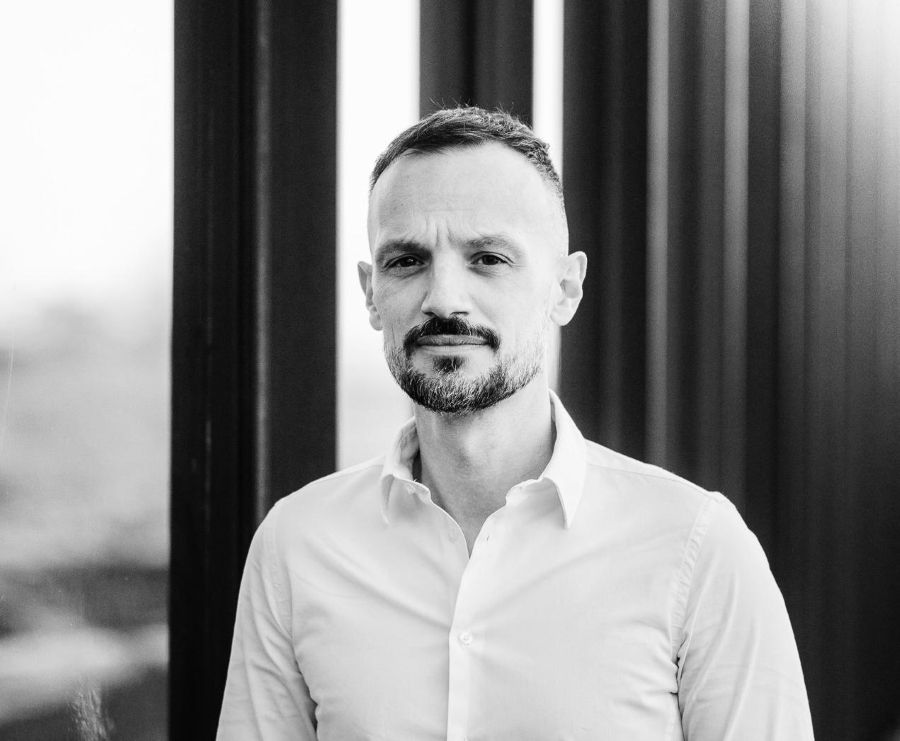According to Arnaud Bozzini, Director of the Design Museum Brussels, “Design is an integral part of our daily lives. In this museum, there is no ‘starification’ of the object, but rather exhibitions and archives that promote the history of design and the objects that surround us.
The Design Museum Brussels has just launched a digital version of the Plastic Design Collection, the cornerstone of this institution which humbly declares that plastic is fantastic for understanding where we are at, whatever our generation. The proof lies in one of the institution’s current temporary exhibitions, where Art Nouveau resonates with plastic design.

What was your background before becoming director of the Design Museum Brussels?
I trained as a historian, then gained initial experience at the Archives of the City of Brussels, which led me to work on the Heysel plateau in Brussels for the exhibition and book “Expo 58: Between Utopia and Reality” in 2008. I worked first at the Atomium and then as Director of Exhibitions at the ADAM (Art & Design Atomium Museum, which became the Design Museum Brussels in 2020). It was while exploring modernist architecture for the Atomium that I came into contact with design, which led to me meeting Philippe Decelle and discovering his collection of almost 2,000 pieces in plastic materials and derivatives. Around 150 pieces from Philippe’s Plasticarium were then exhibited at the Atomium. The exhibition I took part in, “Orange Dreams. Plastic is Fantastic” (2014), highlighted this singular and incredible ensemble.
Why was this exhibition on plastic design so important?
When it was created, Philippe told me he wanted to sell his entire collection. At the time, Brussels was shocked by the sale of a series of private collections, which were taken abroad. We had to honour this collection, which spans the 1960s to the present day, and the encyclopaedic and enlightened approach of this collector. The Atomium acquired the collection.

What does Design Museum Brussels have to offer?
It is a real design museum, with two permanent exhibitions: a panorama of the history of design in Belgium, and the Plastic Collection. We have more than 2,000 pieces from this collection, 500 of which are permanently displayed in our rooms. At the same time, our programme of temporary exhibitions covers a wide range of subjects connected to the different eras and fields of design creation. Our approach is to open up the institution to a wider audience, in addition to the resources it makes available for research and education (in 2024 we will further develop the documentation centre with the addition of several collections dealing with the history of design in Belgium). For example, we recently explored and presented topics related to graphic design in the 70s and 80s (“Punk Graphics: Too Fast to Live, Too Young to Die”, 2020), LGBTQI+ graphic design practices (“Brussels Queer Graphics”, 2023), the relationship between design and retail as places of design experimentation in their own right (“On Display. Designing the shop experience”, 2022), and numerous monographic exhibitions devoted to Belgian designers, such as Zéphir Busine and Christophe Gevers in 2023. We are also growing through a policy of acquisitions (purchases and donations) and the occasional arrival of new archive collections.
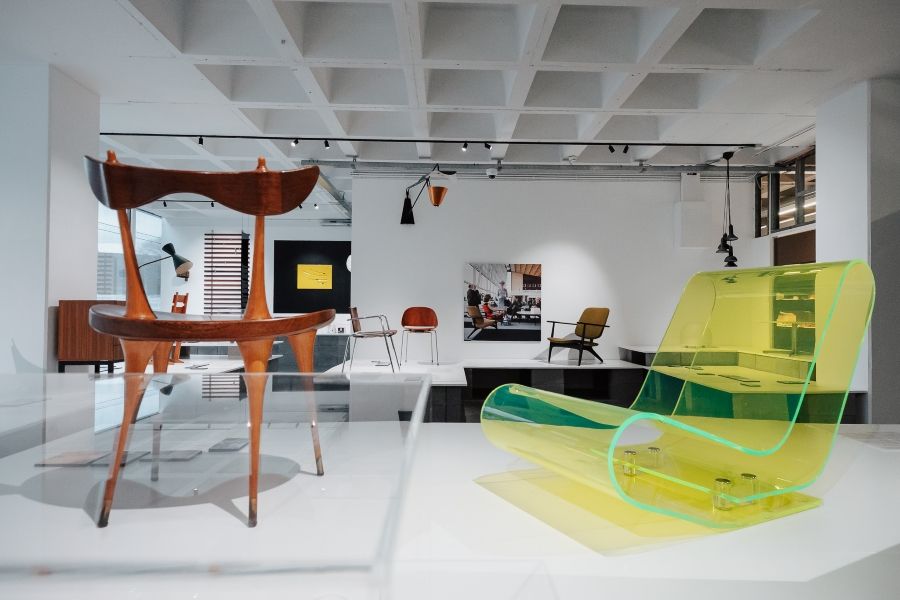
Do you collaborate with foreign collections?
For most exhibitions, yes. In 2020, with the support of the King Baudouin Foundation, we launched Belgisch Design Belge, a permanent space dedicated to Belgian design, featuring works by the great names in Art Nouveau, post-war and contemporary design, but we like to say that we are not nationalistic about it! From the outset of my tenure as Director of Design Museum Brussels, I have been keen to collaborate actively with public and private collections here and abroad, both private and sometimes well-known, such as that of Galila Barzilaï Hollander, who loaned us ten chairs from her collection for “Chaise. Stoel. Chair. Defining Design” (2021), an exhibition produced in collaboration with the London Design Museum.
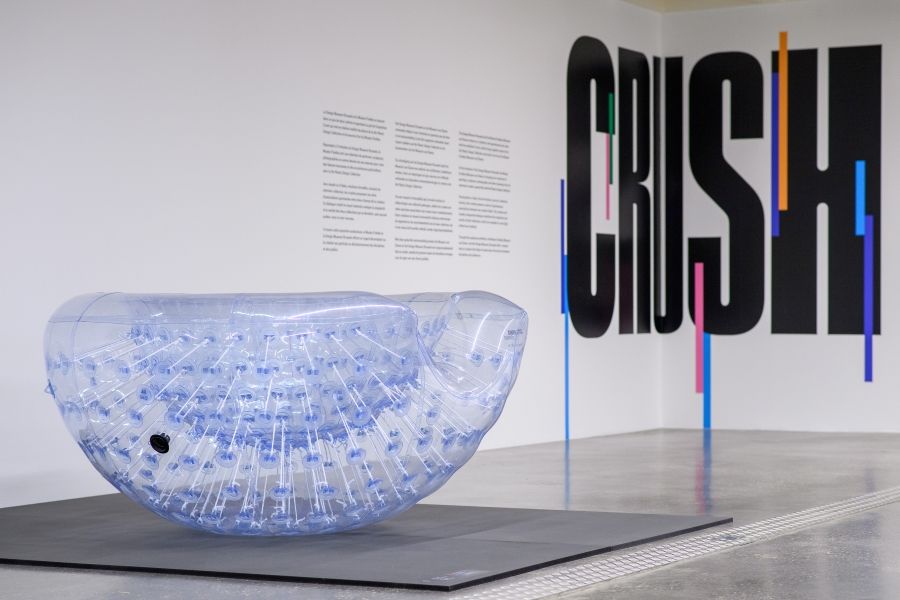
What is a museum to you?
A contemporary place where knowledge and expertise are shared and where inclusivity goes beyond words. A space based on mediation, whose ambition is openness, sharing and dialogue.
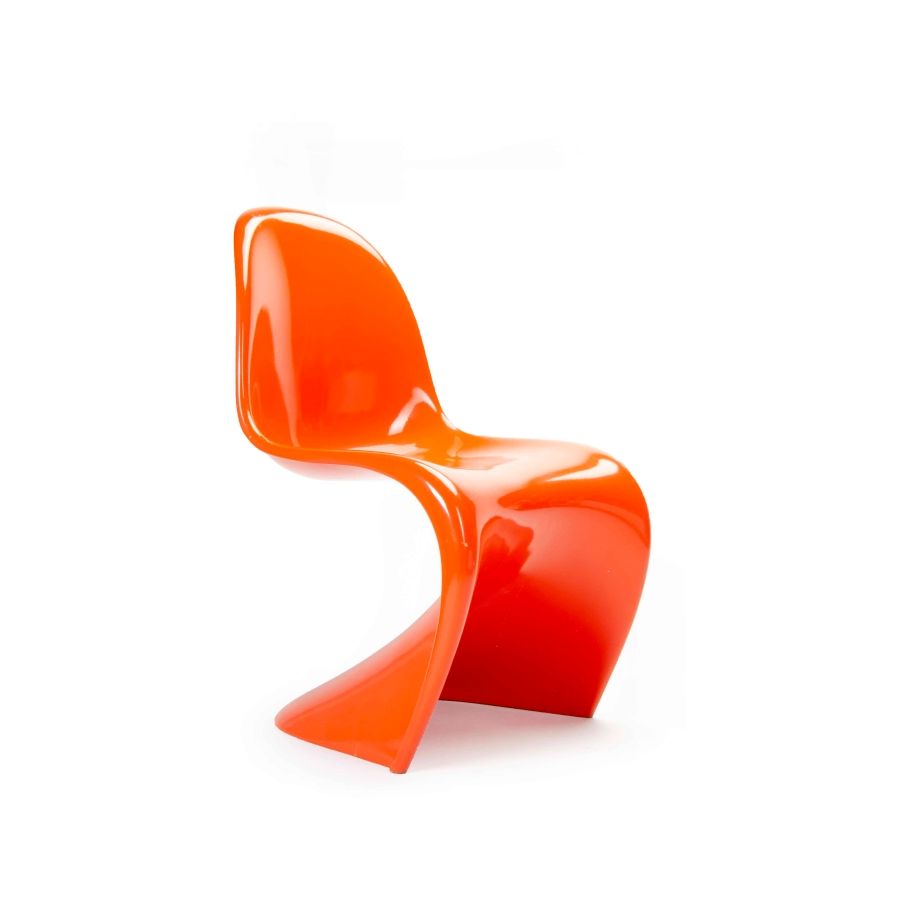
The Plastic Design Collection is now also available online, on your website. What does its digitisation represent?
Over two years of work by the team to come up with an online database that is accessible to everyone and can contain everything. Our website also offers visitors the chance to explore the permanent showroom dedicated to this collection, via a virtual tour and accompanying booklet featuring 20 cult pieces of furniture and objects, some of them household names such as Anna Castelli Ferrieri’s Componibili storage units, produced since their creation in 1967.

Today, plastic is a criticised material. It previously represented an evolution in production methods. What do you think?
It is true that the plastics boom was the aftermath of the 30-year post-war reconstruction period, and the emergence of a nascent consumer society and industries that pushed people to create more, even if it meant making things disposable and not worrying about the future. Paradoxically, this led to great innovations in form and technique. The first oil crisis in 1973 and the beginnings of ecological awareness helped to draw attention to the production of plastic objects and question its necessity, but it is only in recent years that we have found alternatives to plastic, with bio-sourced materials in particular, and are choosing to produce differently whenever possible.
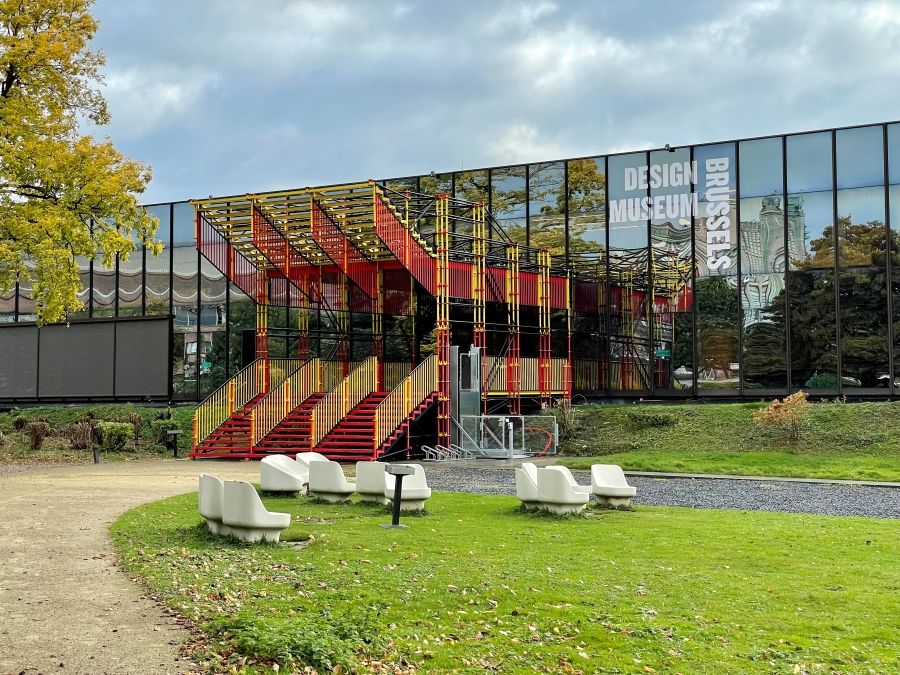
What role does eco-design play at the Design Museum Brussels?
Initiatives for recycled plastic are still new, and we are working on integrating eco-designed creations into our next exhibitions. Our job is to listen to the public and share useful resources with researchers. That’s why we opened Plasticotek soon after the museum opened, a plastic material library and mediation space alongside the permanent exhibition of the plastic collection. There is also the question of conservation, in which my colleagues are very involved. Put trivially, these days it is easier to preserve an Egyptian mummy than 50s plastic, which was doomed to obsolescence from the moment it was created!
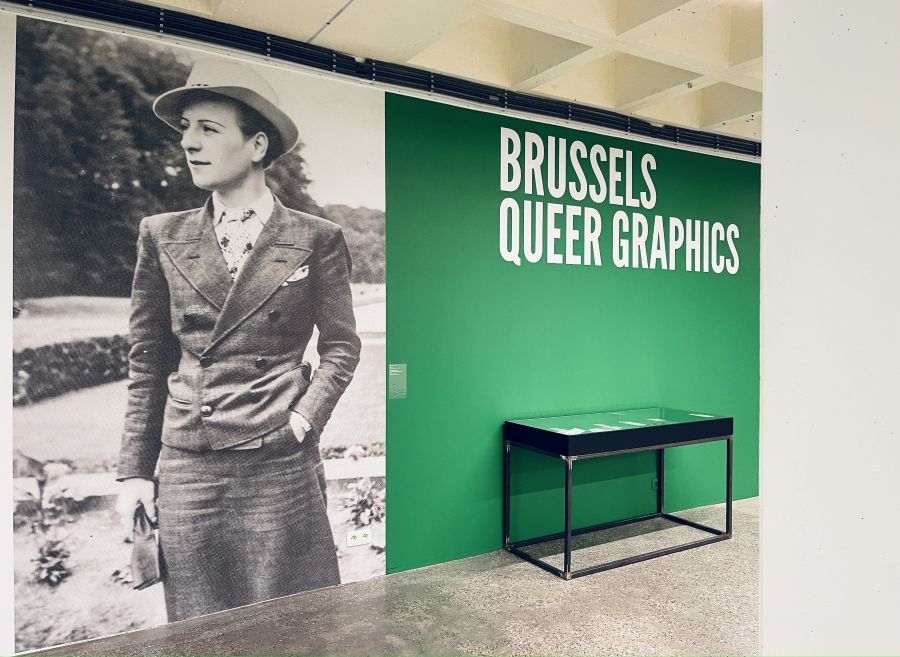
How do young people view a collection like yours?
There is a real interest in design when it is understood as an everyday object, which has created the cultural history of the objects that surround us, particularly, for some, through the notion of “vintage”. This is not a word we use in the museum, although it is frequently used by the public. It is a term that speaks volumes about the intergenerational dialogue that design can provoke. I often like to wander around the exhibition rooms to listen and hear what our visitors are saying… especially in the section devoted to the pop years, around the 60s. The other day, I was amused to hear a primary school pupil wisely observe that a telephone, a television and a walkman used to be objects in their own right, whereas today “they all fit in a smartphone!”
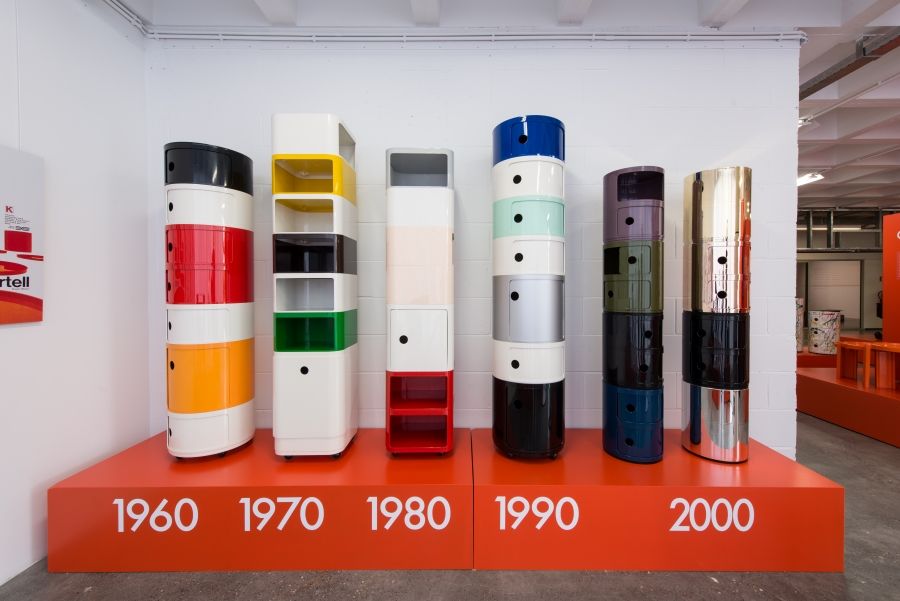
What do you think they take away from their visit?
That function and ergonomics combined with aesthetics create a piece of design. That the collective memory of the objects around us also plays a role. The innovation or social or cultural change brought about by a design is also important to them. And at the dawn of a pivotal period, when the digital question is becoming increasingly important, a design museum is as much a showcase for what has been as it is a place for experimenting with our daily lives and our future.
